Yes the Tiger is an animal but not the scary Tiger I.
About the Tiger
The Tiger I was a German heavy tank of World War II that began operational duty in 1942 in Africa and in the Soviet Union, usually in independent heavy tank battalions. It gave the German Army its first armoured fighting vehicle that mounted the 8.8 cm KwK 36 gun (derived from the 8.8 cm Flak 36, the famous "eighty-eight" feared by Allied troops). 1,347 were built between August 1942 and August 1944.[12] After August 1944, production of the Tiger I was phased out in favour of the Tiger II.
While the Tiger I has been called an outstanding design for its time,[13] it has also been called overengineered,[14] using expensive materials and labour-intensive production methods. In the early period, the Tiger was prone to certain types of track failures and breakdowns. It was expensive to maintain, but generally mechanically reliable.[15] It was difficult to transport and vulnerable to immobilisation when mud, ice, and snow froze between its overlapping and interleaved Schachtellaufwerk-pattern road wheels, often jamming them solid.
The tank was given its nickname "Tiger" by Ferdinand Porsche, and the Roman numeral was added after the Tiger II entered production. It was classified with ordnance inventory designation Sd.Kfz. 182. The tank was later re-designated as PzKpfw VI Ausf. E in March 1943, with ordnance inventory designation Sd.Kfz. 181.
Today, only nine Tiger I tanks survive in museums and private collections worldwide. As of 2021, Tiger 131 (captured during the North Africa Campaign) at the UK's Tank Museum is the only example restored to running order.
DON'T BREAK MY ANGLING STREAK!
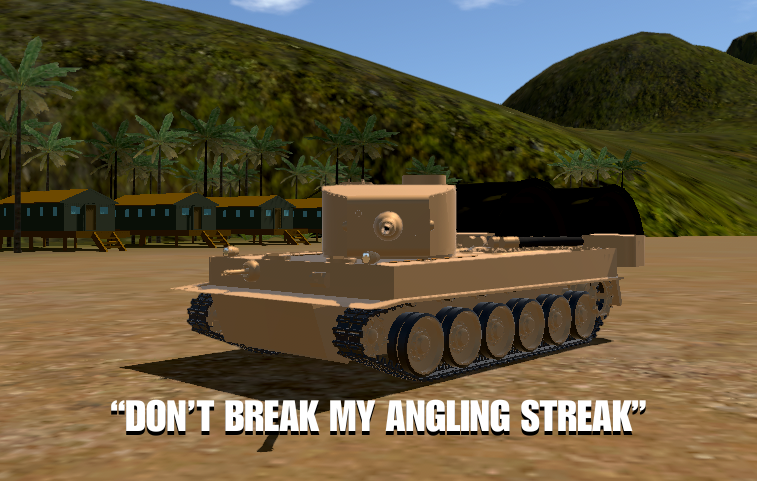
Henschel & Sohn began the development of a large tank design in January 1937 when the Waffenamt requested Henschel to develop a Durchbruchwagen ("breakthrough vehicle") in the 30–33 tonne range.[16] Only one prototype hull was ever built, and it was never fitted with a turret. The Durchbruchwagen I's general shape and suspension resembled the Panzer III, while the turret resembled the early Panzer IV C turret with the short-barrelled 7.5 cm L/24 cannon.
Before Durchbruchwagen I was completed, a request was issued for a heavier 30-tonne class vehicle with thicker armour, the Durchbruchwagen II, which would have had 50 mm (2 in) of frontal armour and mounted a Panzer IV turret with a short-barrelled (24 calibres long) 7.5 cm KwK 37 gun. The overall weight would have been 36 tonnes. Only one hull was built, and no turret was fitted. Further development of the Durchbruchwagen was dropped in 1938 in favour of the larger and better-armoured VK 30.01 (H) and VK 36.01 (H) designs.[e] Both the Durchbruchwagen I and II prototype hulls were used as test vehicles until 1941
The VK 30.01 (H) medium tank and the VK 36.01 (H) heavy tank designs pioneered the use of the complex Schachtellaufwerk track suspension system of torsion bar-sprung, overlapped and interleaved main road wheels for tank use. This concept was already standard on German half-tracks such as the Sd. Kfz. 7. The VK 30.01 (H) was intended to mount a low-velocity 7.5 cm L/24 infantry support gun, a 7.5 cm L/40 dual-purpose anti-tank gun, or a 10.5 cm L/28 field gun in a Krupp turret. Overall weight was to be 33 tonnes. The armour was designed to be 50 mm on frontal surfaces and 30 mm on the side surfaces. Four prototype hulls were completed for testing. Two of these were later modified to build the "Sturer Emil" (12.8 cm Selbstfahrlafette L/61) self-propelled anti-tank gun.
The VK 36.01 (H) was intended to weigh 40 tonnes, with 100 mm (4 in) of armour on front surfaces, 80 mm on turret sides and 60 mm on the hull sides. The VK 36.01 (H) was intended to carry a 7.5 cm L/24, a 7.5 cm L/43, or a 7.5 cm L/70, or a 12.8 cm L/28 cannon in a Krupp turret that looked similar to an enlarged Panzer IV Ausf. C turret. The hull for one prototype was built, followed later by five more. The six turrets built were never fitted and were used as part of the Atlantic Wall. The VK 36.01 (H) project was discontinued in early 1942 in favour of the VK 45.01 project.
Combat experience against the French SOMUA S35 cavalry tank and Char B1 heavy tank, and the British Matilda II infantry tanks during the Battle of France in June 1940 showed that the German Army needed better armed and armoured tanks.[17]
On 26 May 1941, Henschel and Ferdinand Porsche were asked to submit designs for a 45-tonne heavy tank, to be ready by June 1942.[18] Porsche worked on an updated version of their VK 30.01 (P) Leopard tank prototype while Henschel worked on an improved VK 36.01 (H) tank. Henschel built two prototypes: a VK 45.01 (H) H1 with an 8.8 cm L/56 cannon, and a VK 45.01 (H) H2 with a 7.5 cm L/70 cannon.
On 22 June 1941, Germ... Read More..
Main Armament
- KwK 36 8.8 cm
- 2× 7.92 mm MG 34 4,500 rounds 4,800 rounds (Ausf. E)
Specifications
General Characteristics
- Created On Windows
- Wingspan 17.1ft (5.2m)
- Length 35.6ft (10.9m)
- Height 10.0ft (3.1m)
- Empty Weight N/A
- Loaded Weight 57,719lbs (26,181kg)
Performance
- Wing Loading N/A
- Wing Area 0.0ft2 (0.0m2)
- Drag Points 13859
Parts
- Number of Parts 500
- Control Surfaces 0
- Performance Cost 1,273
Required Mods
-
Tracks 2
by MOPCKOE_DNISHE
Version 0.84 (11/1/2021 2:11:26 PM)
View Mod Page

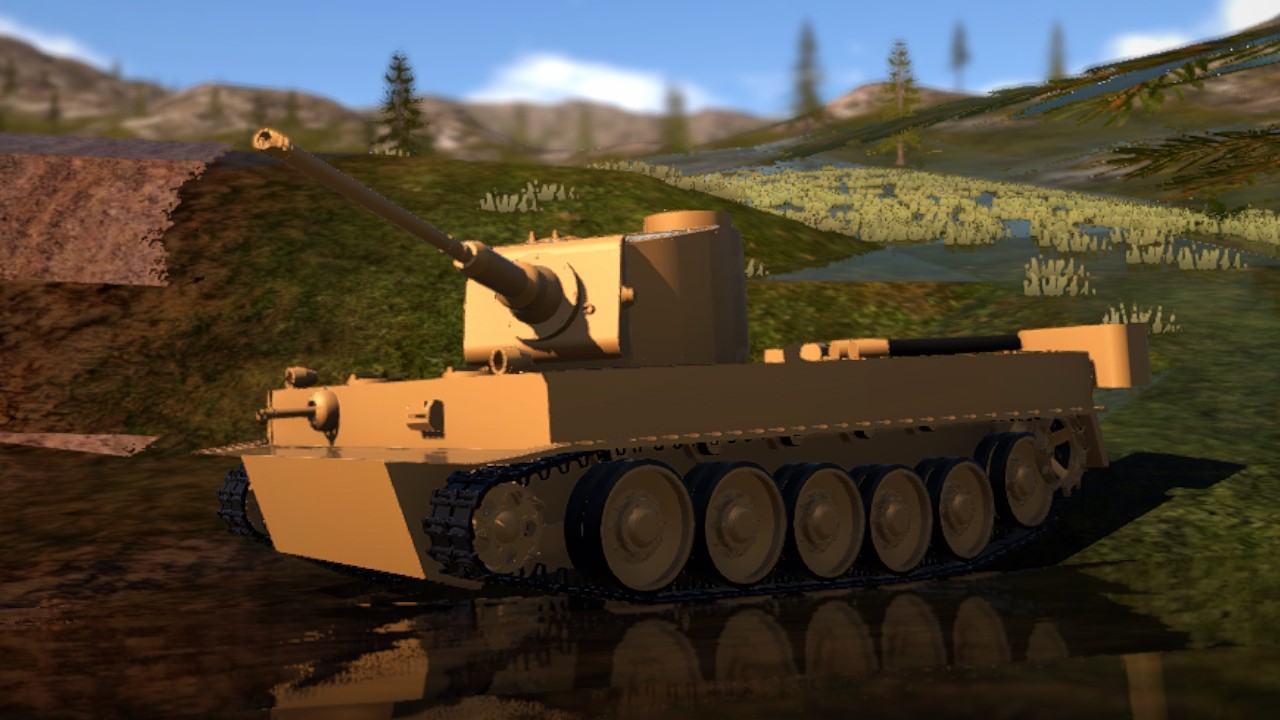
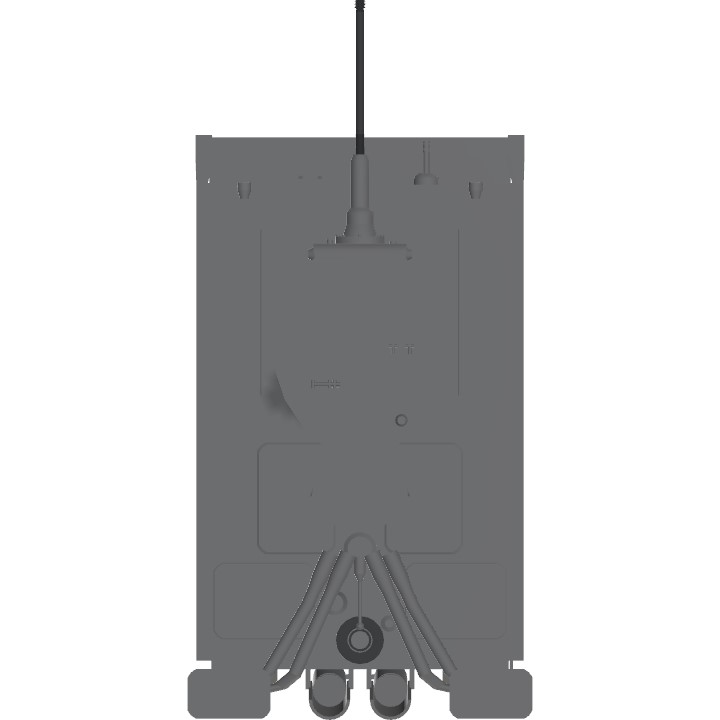
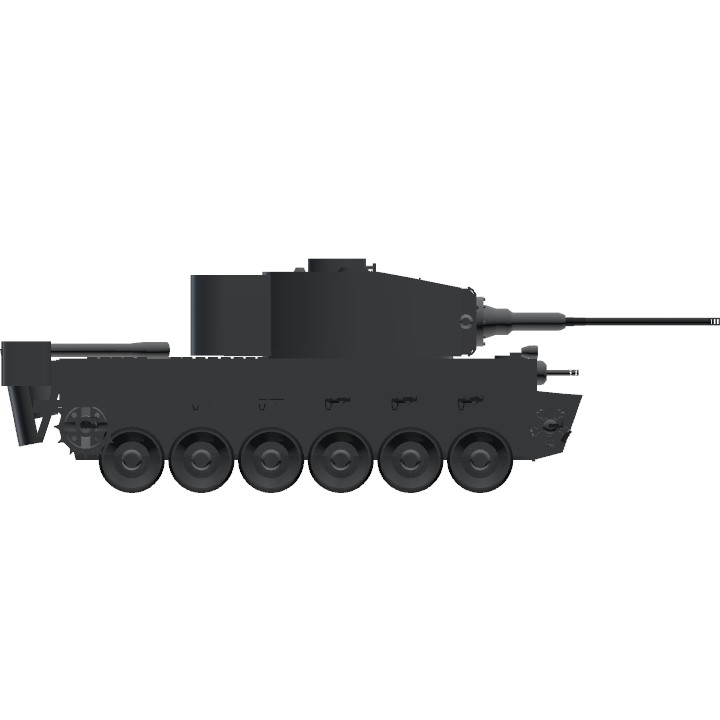
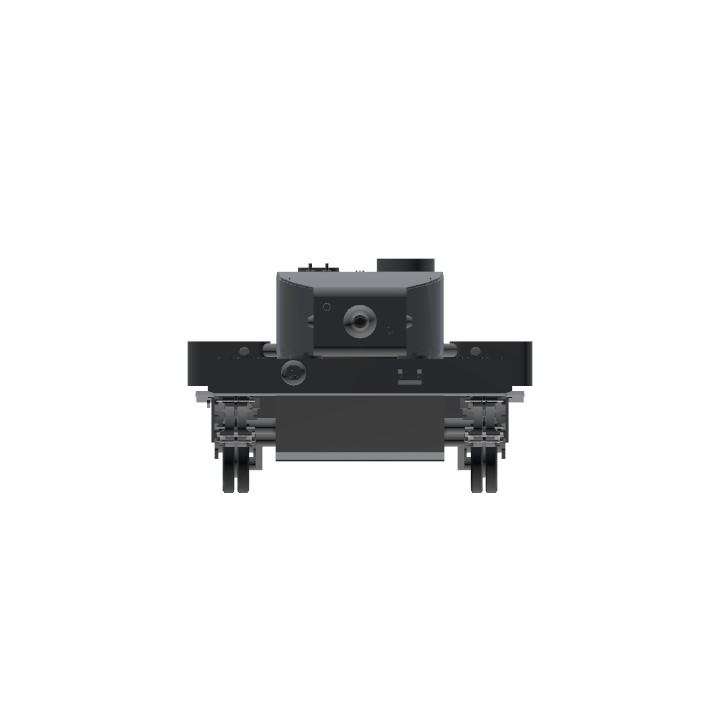
Unmanned Turret IFV is gonna be released in 1-5 months because of Seven Cruel Hours Of Our Lives. And I'm still planning the turret and fixing the Self Propelled Cannon Autoloader.